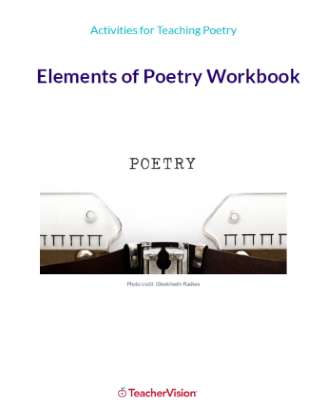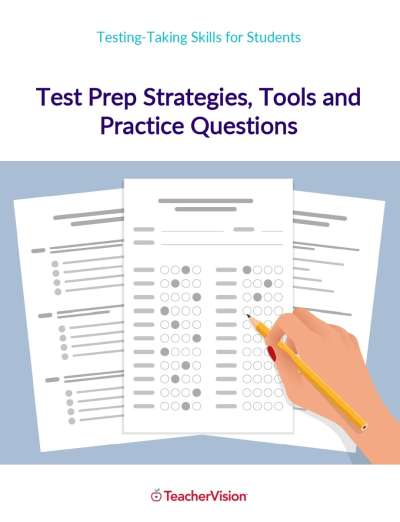The students will learn how environmental concerns affect their lives and community.
SUGGESTED TIME ALLOWANCE
Three class meetings
PROCEDURES
1) Interview a person who has lived in the community for 30 years or longer. Prepare a question list that includes literal and interpretive questions. Suggested questions might include:
2) Introduce key vocabulary: environment, ecology. environment: This word comes from a French word meaning “to surround.” The environment is all the circumstances and elements that make up the surroundings in which an organism or group of organisms grow. ecology: Eco- comes from a Greek word meaning “house,” while the suffix -logy, when used in science, means “the doctrine or theory of.” Ecology is a branch of biology dealing with the interaction between an organism and its environment, or the study of the environment which is our home and our affect upon it. 3) Invite a member of the local branch of the Environmental Protection Agency, or a member of the local city council, to discuss local environmental concerns including the effects of development on the environment versus the growing needs of the population. “What are the greatest environmental concerns facing the city/town? How are local authorities addressing these concerns? How can the community grow with the least amount of impact on the environment? What are the future concerns of the area in respect to the environment? What can individuals do to make a difference?” End the lesson with a question-and-answer session. EXTENSION ACTIVITES Each group researches its topic listing alternative ways to function that have less of an impact on the environment. Reference books such as Heloise’s Hints for a Healthy Planet, Jon Naar’s Design for a Livable Planet: How You Can Help Clean Up the Environment, and Joel Makower’s The Green Consumer offer good advice. For example, Heloise suggests using vinegar mixed with cinnamon and cloves warmed in the microwave to absorb odors rather than using a commercially produced air deodorizer that simply masks odors. Compile a booklet using each group section as a chapter. Make an index and cover page, give the booklet a title, and make copies for each student to take home. BOOKS TO READ This lesson is from Reading Stories for Comprehension Success.
List other words beginning with the prefix eco-. Write the words and their definitions in your vocabulary notebook.
4) Rachel Carson grew up with an appreciation of the countryside in Springdale, PA. While attending college, Rachel Carson studied English and biology which gave her the skills she needed to eloquently express her concerns about the environment in her best-selling book Silent Spring.
5) Discuss the following quotes:
1) Identify areas of environmental concern in your area. Perhaps car emissions and increased freeway (and highway) traffic need to be addressed. Check the Internet or with your local state representatives for issues debated on the local, state, or national levels that affect the environment in your area. Discuss these concerns in the classroom. Encourage a variety of viewpoints on each issue. Each student chooses an issue that interests him or her. Students research the matter in current newspapers, articles, and books to learn as much as possible about all angles and viewpoints. After they are educated on the issue, they form an opinion and write a letter to the appropriate agency or representative expressing their feelings, basing their opinions on stated facts found in their research. Your local library can help you locate any addresses or email addresses needed to complete the assignment.
2) As a class, make a list of actions the school itself can take to improve the environment. Learn about programs already used by the school system, such as recycling, and look for other ways to not only help the environment, but also to save the school money. Reference books such as Jon Naar’s Design for a Livable Planet: How You Can Help Clean Up the Environment can offer suggestions. The class then writes a letter to the principal outlining what they learned.
3) Make a booklet on ways to live that can reduce an individual’s impact on the environment. Break the class into groups. Assign each group an area of daily living, and locate environmentally friendly alternatives to common pollution produced around the home. Examples of subjects are:
Carson, Rachel. The Sea Around Us. New York: Penguin Books, 1979.
———. The Sense of Wonder. New York: Harper, 1965.
———. Silent Spring. New York: Houghton Mifflin, 1962.





